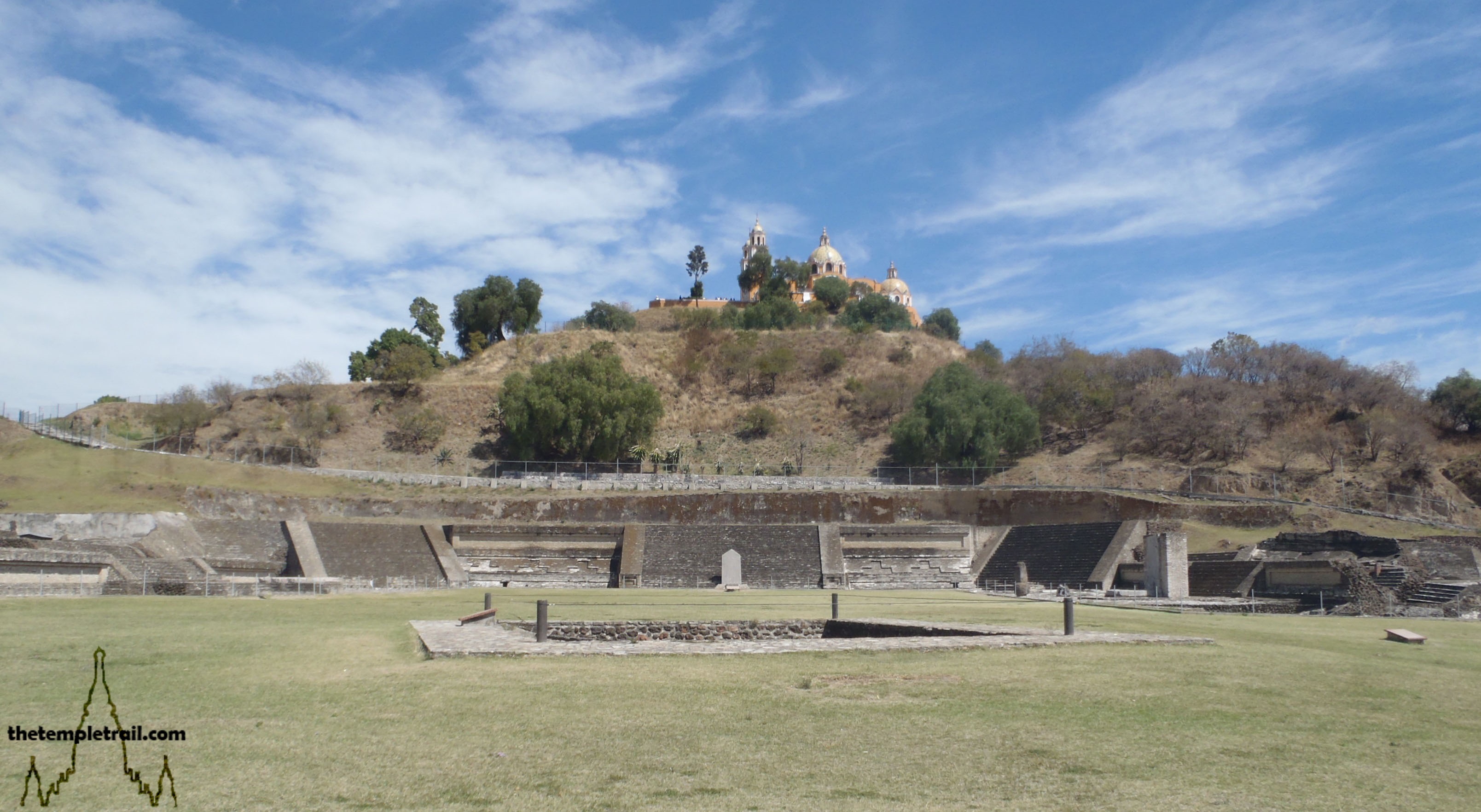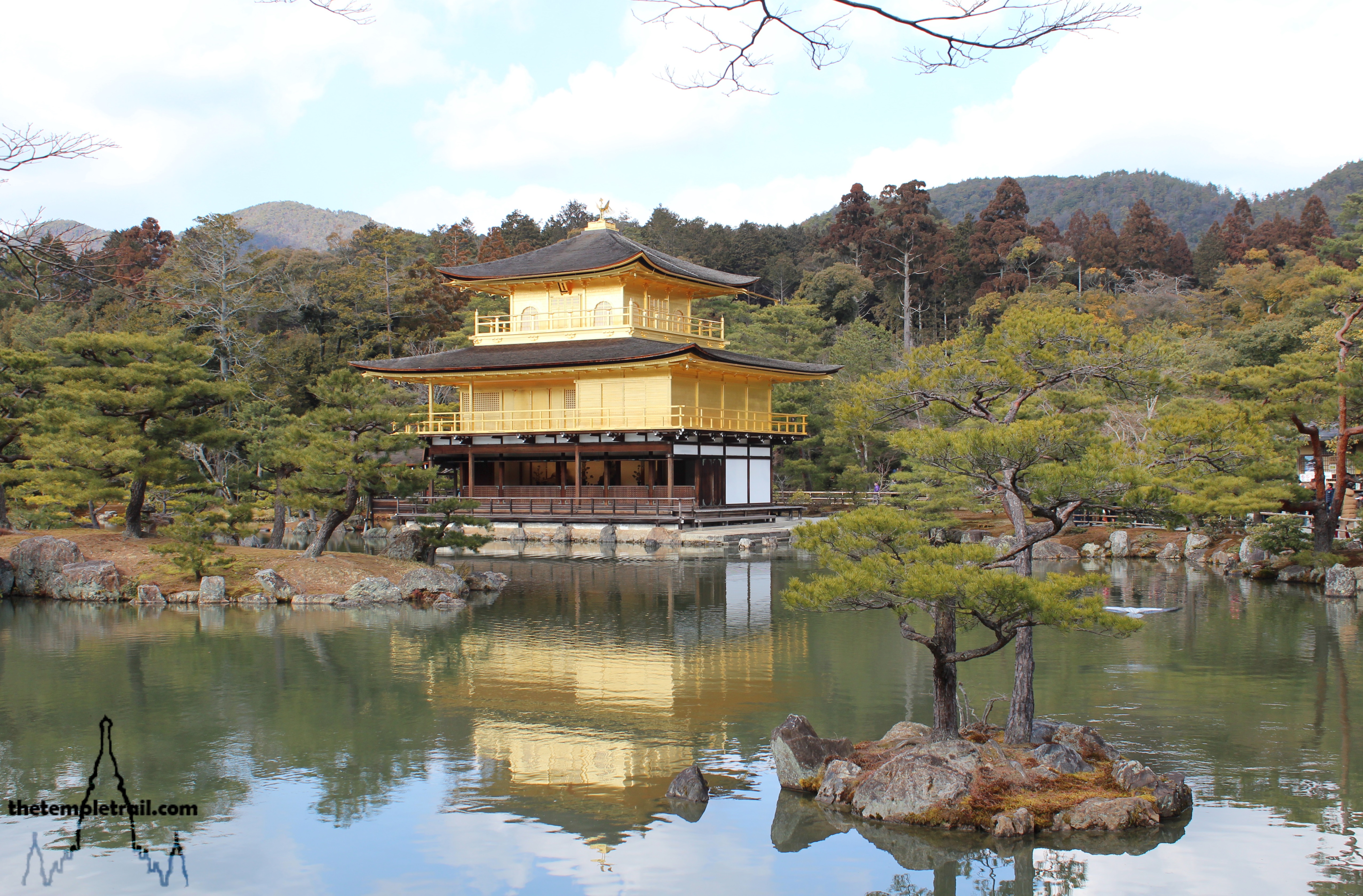Weaving through the tight Pueblan streets, you are heading towards something vast. As the car loops through the colonial blocks on streets that were not built for automotive transportation, your excitement builds. Your previous night’s excess of delicious tacos árabes in the city of Puebla lives on in your memory. Although the influence of the Arab and Persian immigrants to the area was noticeable in the dish, you are searching for something distinctly native. Travelling to the town of Cholula, you are looking for an original that has also seen a cultural fusion. As you get closer to the epicenter of Cholula, you can’t miss the high mound that is the focus of the settlement. On its peak sits a church that glitters in the sunlight, while its base reveals a more ancient past.
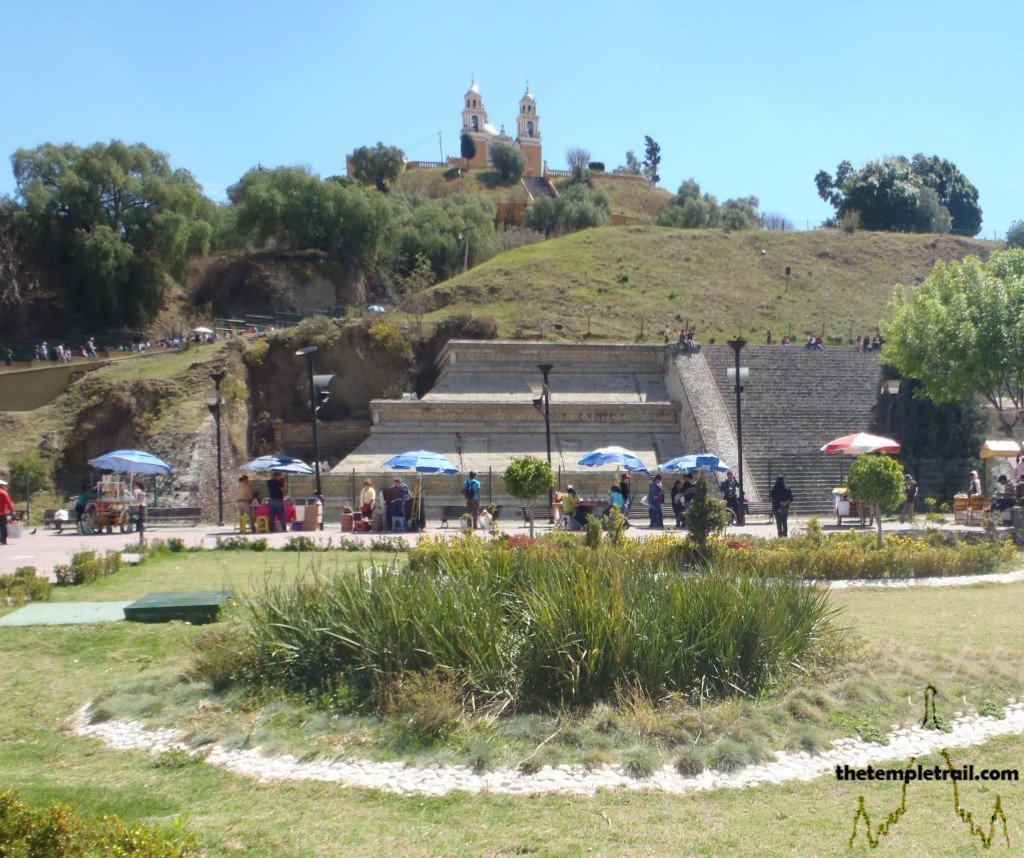
Much like the humble taco árabe, the Great Pyramid of Cholula is a mix of native and foreign culture. It is a hybrid of indigenous and colonial, yet the significance of the site has not waned as a result of the transition from Quetzalcohuātl (Quetzalcoatl) worship to Catholic Christianity. Merely the focus of adoration has shifted. The hill you see is actually the remains of the largest pyramid of the ancient world. Called Tlachihualtepetl (man-made mountain), the pyramid echoed the Teotihuacán style, but also had a touch of the Classic Veracruz Culture site El Tajín added stylistically. The site had many names, the most prominent being Acholollan. This name translates as ‘water that falls in the place of flight’. The possibility that the original inhabitants were refugees of some kind has been suggested as the origin of this name. The name of the city, Cholula, originates from this ancient name. The name also tells of the ritual significance of rainfall at Cholula. The visual Tolteca-Chichimeca histories depict the pyramid with a toad, referring to the legend that a jade toad-shaped stone fell on the summit. This gave rise the name Chalchiutepec, meaning hill of jade. It was also called, more pragmatically, Xamiltepec, or adobe hill.
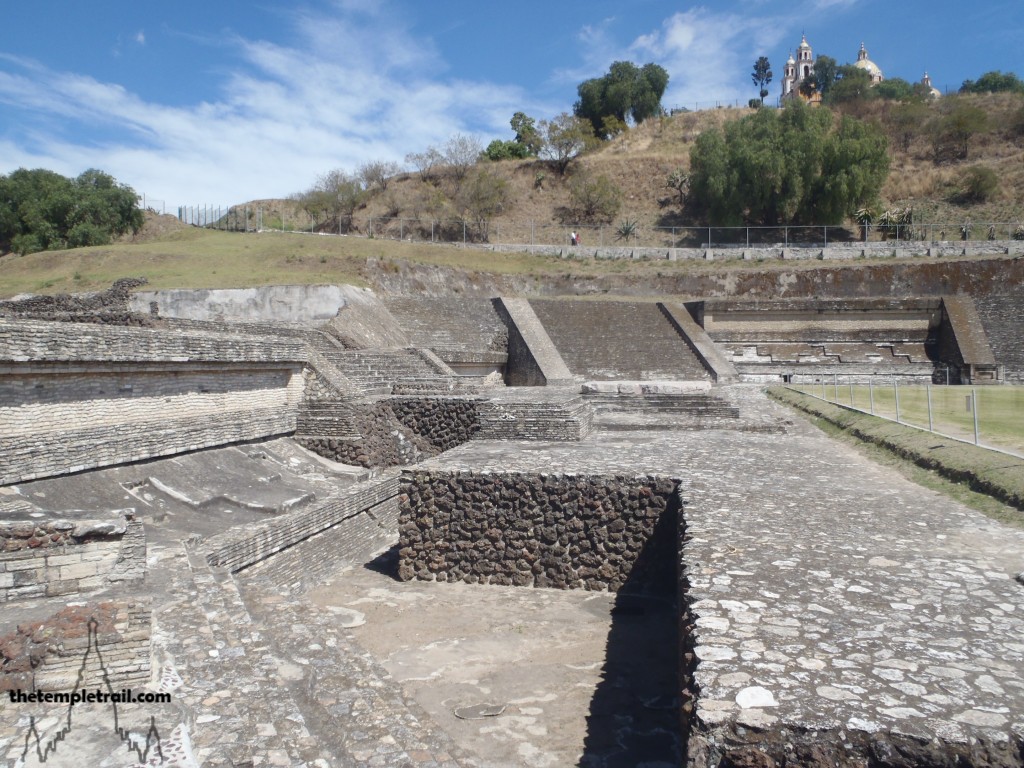
The first worship here would have been to a rain deity during the Preclassic Period (1-200 AD) and the local people built a small temple next to a lagoon. During the rise of Teotihuacán in the Classic Period (200-650 AD) the site went through phase two of its growth. As Teotihuacán declined, so did Cholula, showing the close ties between the two sites. During the Epiclassic Period (650-900 AD) Cholula continued to decline as the power shifted to the Olmeca-Xicalanca site Cacaxtla. Cholula was revived toward the end of the period, when the Olmeca-Xicalanca moved their capital there. They extended the pyramid and resuscitated it back to life. In the Postclassic Period (900 – 1521 AD), the site began to lose its potency. The Tolteca-Chichimeca from Tollan (Tula) occupied Cholula in the 12th century and the Olmeca-Xicalanca temple become rededicated to Yacatecuhtli, the Tolteca-Chichimeca god of commerce. The focus shifted to the nearby temple of Quetzalcohuātl and Cholula became known for that cult. It remained an important charnel ground, but the rituals had moved to other places. By the time the Spaniards arrived, the site was overgrown, but still spiritually potent.
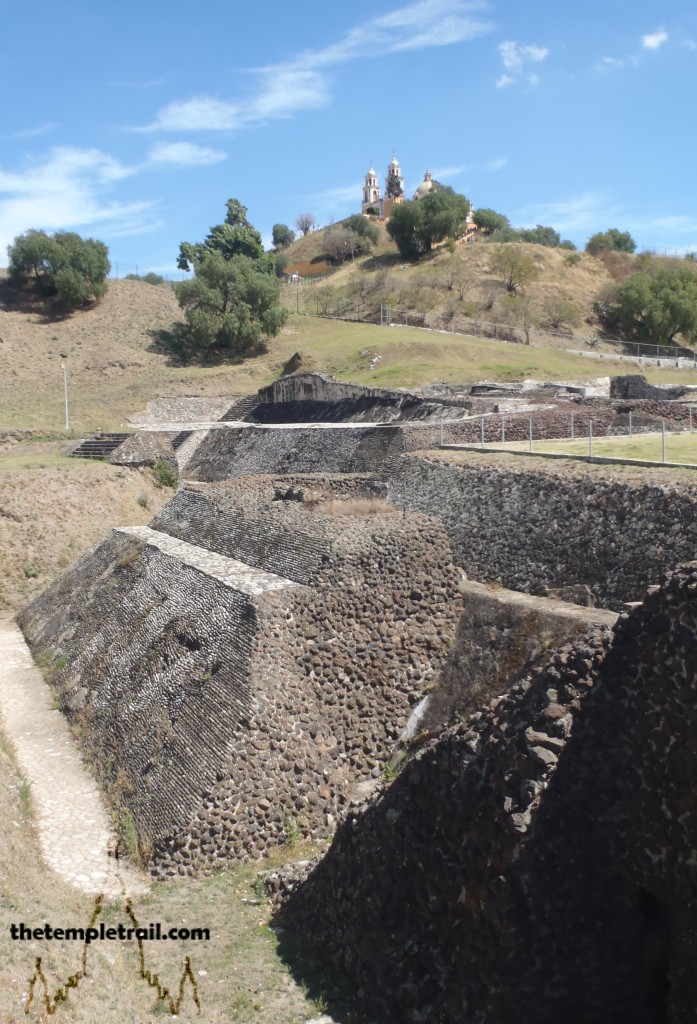
The hill is full of tunnels that were excavated in the 1930s in order to explore the layers of the pyramid’s construction. These tunnels, however crudely carved, revealed earlier layers of construction. The tunnels allowed archaeologists to find the earliest building, La Coneja (Building A). This is encapsulated by the Pyramid of the Painted Skulls (Building B), which is in turn covered by the Pyramid of the Nine Steps (Building C). The surface you can see from the outside covers all three. The tunnels are closed when you arrive, but ploughing on through your disappointment, you begin to traverse the hill, rather than delve into its bowels. The structure you come to is the vaguely named Building F.
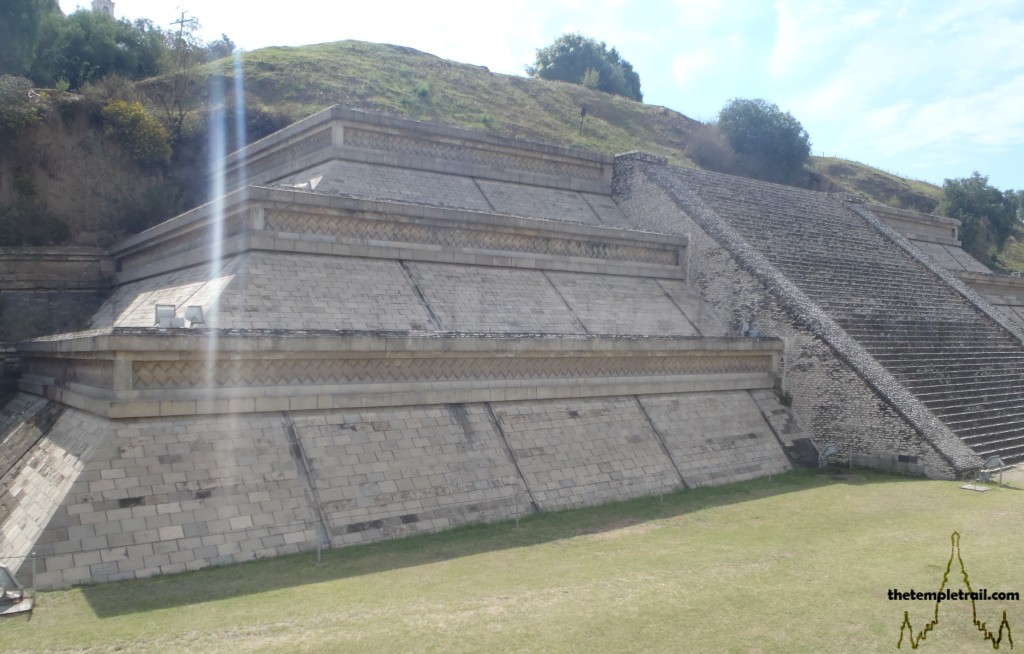
Built during the last Classic Period phase of construction, Building F is actually a large, mostly-reconstructed stone staircase. You walk up to the practically pristine steps and take in their beautiful lines. According to the Tolteca-Chichimeca histories, an Olmeca-Xicalanca lord named Aquiyach Amapane lived on top of the pyramid. Looking up at these stairs, you can well imagine the procession to climb up and visit him among the gods. The structure is wonderful and bears the name Piedra Laborada (worked stone), due to its well-constructed talud-tablero (slope and panel) style. The style, although very ancient, is strongly associated with Teotihuacáno culture and its links to the Maya of Tik’al. The three tiers of talud (slopes) each bear a tabelero (panel). The tabeleros have a woven palm mat pattern across them in a stone mosaic. Although the edifice is very clean stone, the original was painted. Remnants of black, white, red and ochre were found on the ancient stones. The motif of snails and skulls originally adorned the building.
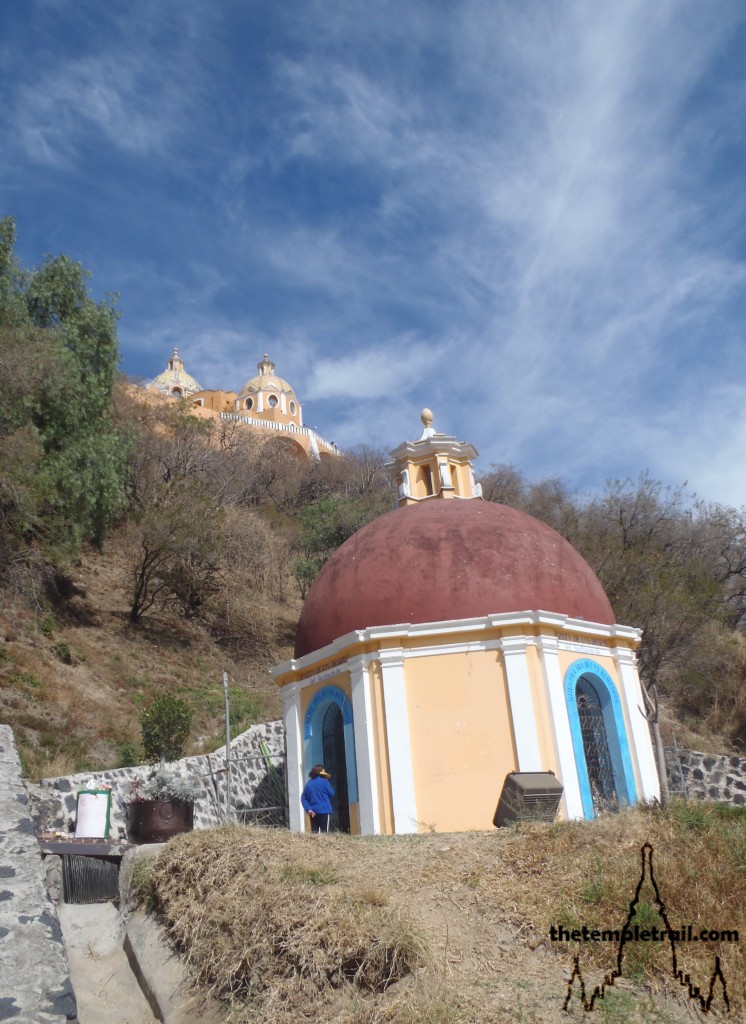
From the façade, you begin your meandering climb up the hill. The paved way is studded with peeks up to the structure at the top. Something yellow and glittering teases your eye line. Glazed tile domes sparkle as the sunlight plays across them. Along the way you have to remind yourself that the hill is not really a hill. From this side, the evidence does not suggest that it is anything other than natural. It is hard to comprehend that over the course of hundreds of years, this hill was constructed with human effort by people with no metal tools. They created the largest monument ever constructed on the earth. The later Aztecs believed that the pyramid was made by the giant Xelhua. The Aztec deluge myth tells of Xelhua, ‘the architect’, escaping the flood by climbing the mountain of the rain god Tlālōc. He then started construction of the pyramid at Cholula to dedicate to Tlālōc. The gods grew angry with the edifice, as it reached the clouds. They sent down a rain of fire on it and work was abandoned. The pyramid was then later rededicated to Quetzalcohuātl.
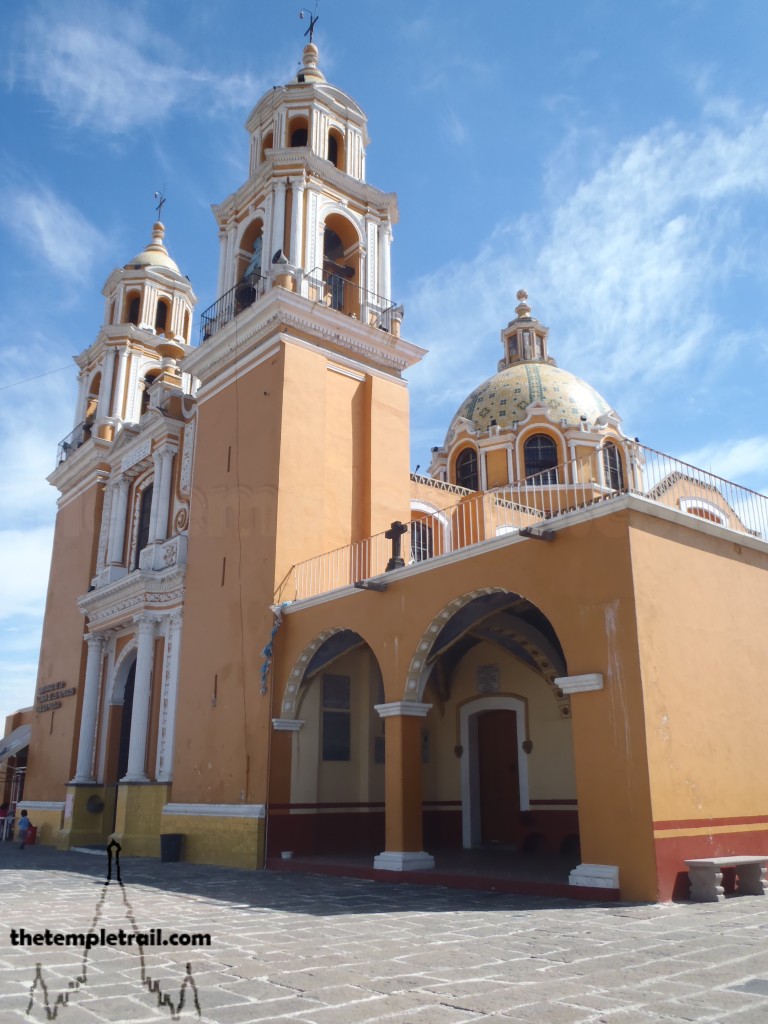
At the pinnacle of your ascent, you arrive at the Iglesia de Nuestra Señora de los Remedios (Church of Our Lady of Remedies). The basilica is a crown that glitters in the sunlight and shines out the conversion from ancient religion to Catholicism. Following La Noche Triste (the night of sorrows), where Cortés and his conquistadors suffered heavy casualties from the Aztecs when escaping the capital of Tenochtitlan (now Mexico City), the Spaniards lay low and recovered. Their recovery was attributed to the Virgin Mary as Our Lady of Remedies. Construction of the church started in 1574, more than fifty years after the Spaniards conquered the entire Aztec Empire. Consecrated in 1629, the church has become an Icon of Cholula.
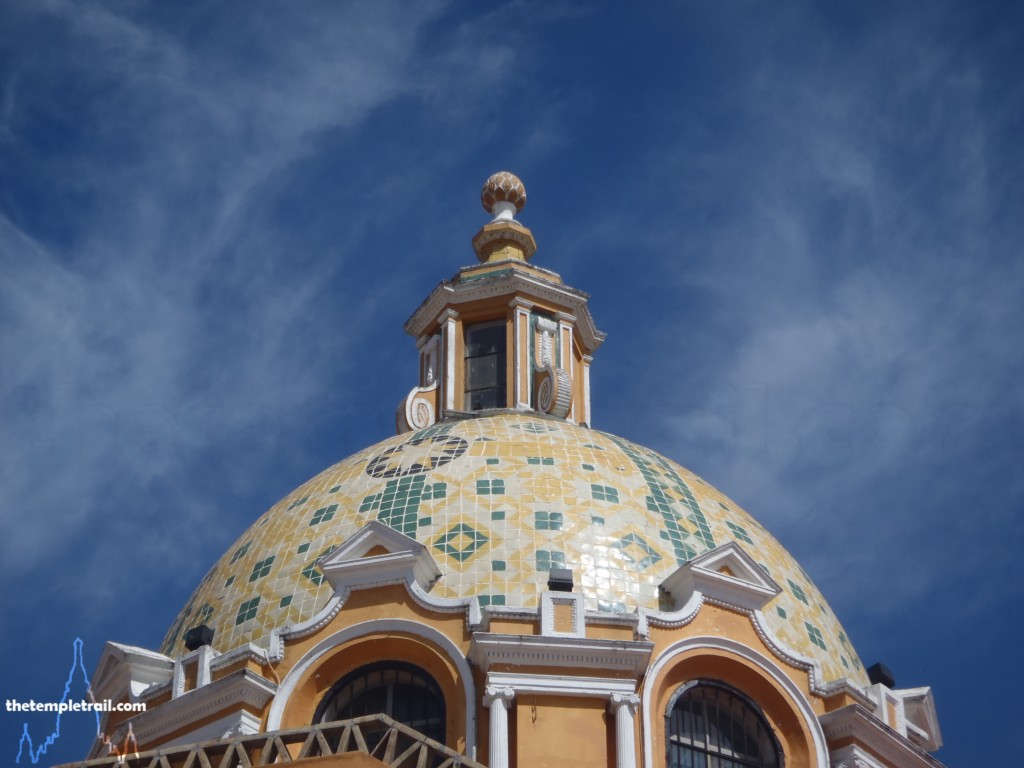
The yellow walls bear elaborate tiled domes that glimmer in the sunlight. Walking around the shimmering spires, you are presented with panoramic views across to the Valley of Mexico. You enter the church to the bright interior that is punctuated with light from the windows. The aura of the space is magical. At the end of the nave, the Virgin looks down upon her congregation. The image was brought to Mexico by the conquistador Juan Rodríguez de Villafuerte in 1519 from the Basque Country. While fleeing from Naucalpan, he hid the image in a temple on Otocampulco Hill. Twenty years after this, the locals found it under an agave plant and eventually built a chapel to the image. The diminutive figure is simple, yet is housed in great splendour. The white walls of the church are elaborately decorated with gold and the reredos beautifully constructed with Corinthian columns. The vaulted lamella ceiling is gilded with 24 carat gold. The church is an interesting window into the conversion of the natives. The locals found it hard to worship the wooden crosses that were being placed on the altars of their temples by the Spaniards, but an image of a divine lady was much more in line with the goddesses they already prayed before.
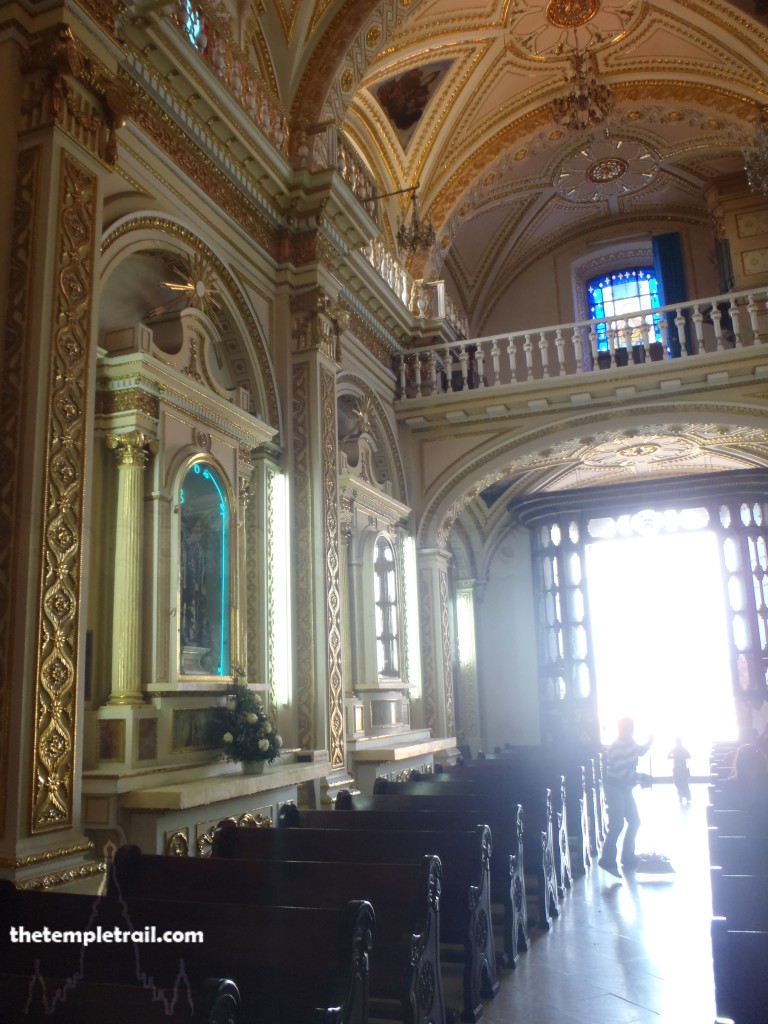
The church also shares another role in common with the older structure it is built on. It has a strong association of worship for rainfall. The site has maintained its rain-making function from the time that Quetzalcohuātl was worshipped here. Now, instead of entreating the feathered serpent, people pray to the Virgin. This long history makes Cholula the oldest continuously occupied ceremonial center in the western hemisphere. Stepping back out into the blinding Pueblan sun, your eyes adjust to the panorama once more. In the not-so-far distance, the smoldering menace of Popocatépetl looms over the valley. The volcano is a reminder of the destructive power of nature. The hyperactive smoking mountain erupts on a regular basis. From here on the man-made hill, you feel no more sheltered than at ground level and you cast a wary eye over the not so sleepy volcano.
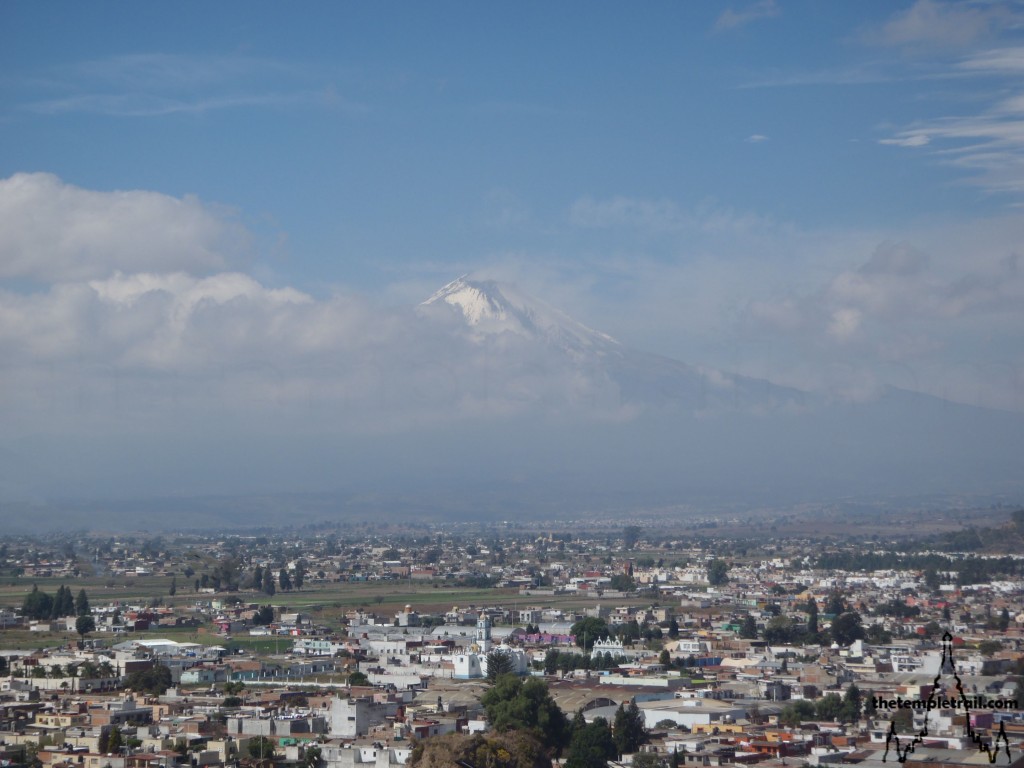
As you go back down the hill, you can make out some stone structures at the foot of the hill. Your path winds downwards; the stonework begins to draw you in. Soon you are at ground level and the vast space at the front of the pyramid makes you feel tiny. This is the impressive Courtyard of Altars. The huge open space is bordered on each side in front of the pyramid by two complex raised platforms (Patio Sureste and Gran Plaza Suroeste). Although there are a series of plazas on this side of the pyramid, this large U-shaped one is the most imposing. Built over six construction phases, the courtyard and its platforms were used for large-scale rituals. It is likely that coronations and other leadership based ceremonies took place in the plaza. The structures were ornately decorated and the tabeleros had aquatic motifs painted on them. The blue, black, yellow, turquois and red paint would have been spectacular. As structures were built over the top of each other the platforms got bigger and the courtyard shrank with time. Eventually, two more plazas formed on either side of the main one. Amazing mural work was found in the buildings, much in a geometric style with stars represented, but the famed Mural of the Drinkers was also found here. This is particularly interesting, as it depicts the drinking of pulque.
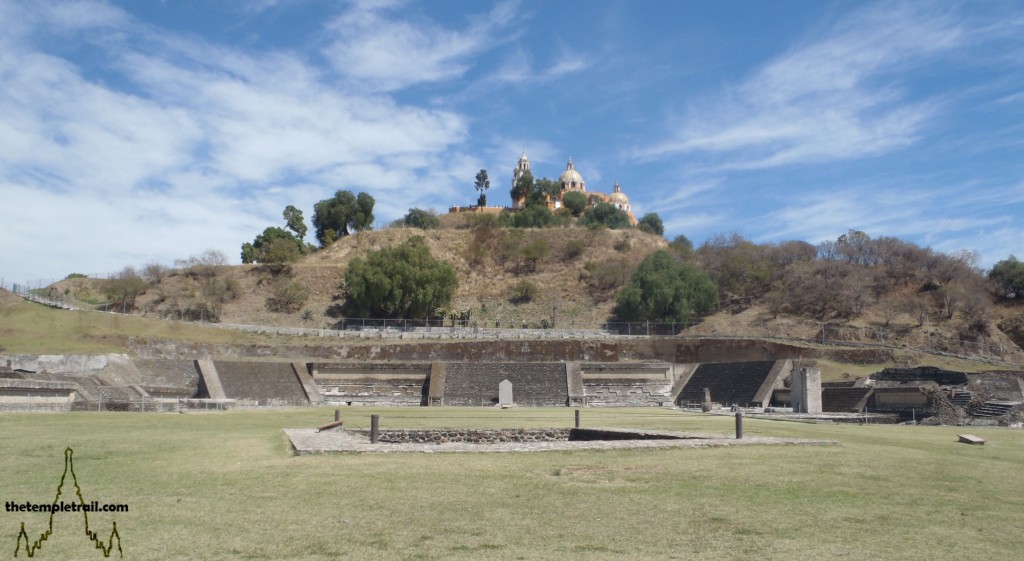
Away from the pyramid at the back of the plaza, you inspect the sunken altar that is covered in protective glass. Peering in, you see human remains. More than 400 have been found around the pyramid, many of them ritually sacrificed and decapitated. Under the Courtyard of Altars the remains of children were found and deemed to be messengers to Tlālōc so that he would alleviate a drought. Walking back across the courtyard towards the pyramid, you now stand in the U. To your right is altar 1. It is marked by a nearly four-metre-tall vertical stone slab. The slab was found shattered and is now supported by brick. Looking at the irregular oblong, you see a carved pattern framing an empty window of stone. The design is much like that found at El Tajín, further linking the two sites. The blank space in the middle may have been painted with devotional artwork.
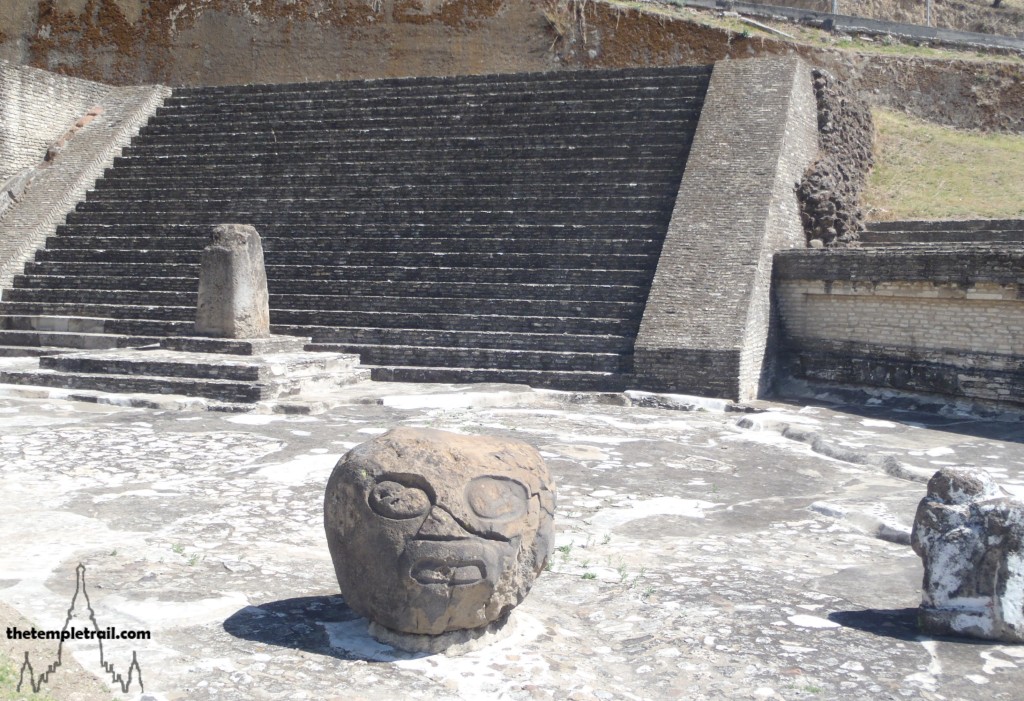
Located near the altar is a large round boulder carved into a head. It is carved in the style of the Epi-Olmec Culture of Veracruz. The Epi-Olmec were the successors to the Olmecas and occupied the Papaloapan River basin area between 300 BC and 250 AD. The stone head is thought to be Xipe Totēc, the god of life, death and rebirth. Associated with agriculture and the seasons, he is known as the flayed one, as he wears a human skin over his own body. His worship first rose on the Gulf coast among the Olmec people and grew in popularity among the Aztec after their conquest of the region. It is one of a few stone sculptures found at Cholula with styles not native to the area. Looking at the stone head, you can see how the city was a commercial hub and cross-cultural trading area for central Mexico.
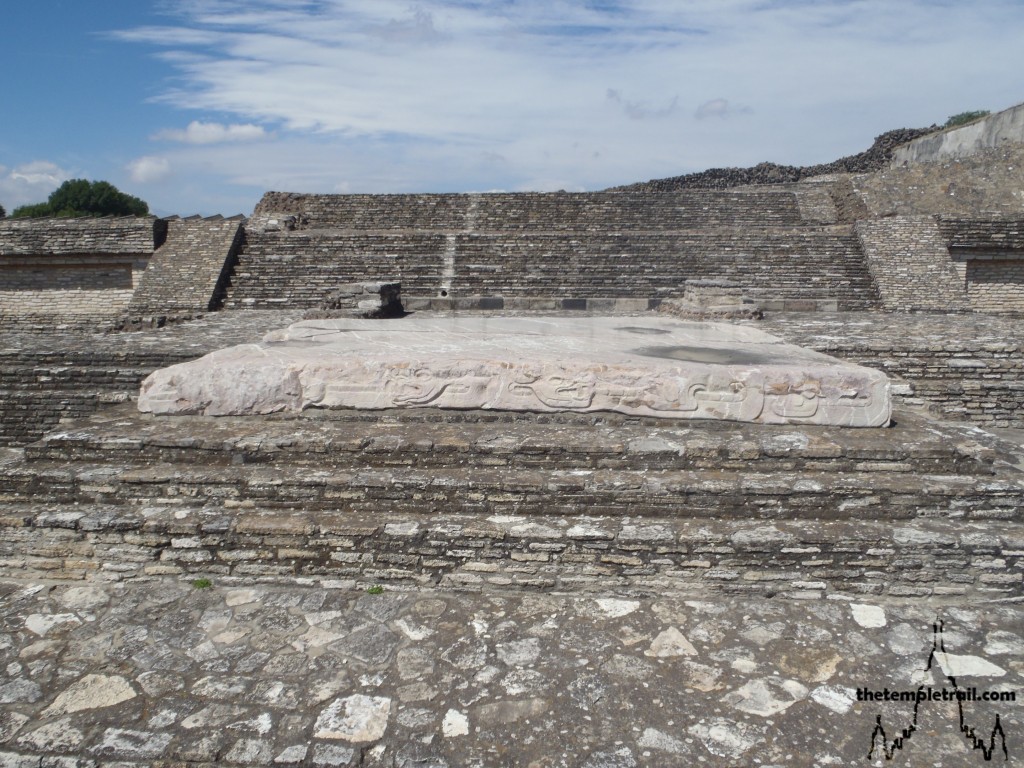
Across the courtyard on the left-hand side, you approach Altar 2; a horizontal slab that is more usual for the area. It would have been used as a platform on which to make offerings and on its front edge two feathered serpents are carved into it in relief. From here, you head to the altar in the middle of the array. Dead centre, between the other two altars and in front of the pyramid is Altar 3. It is almost the same as Altar 1, but a little smaller. It is also a standing slab, but is topped with a triangle. Again, it has a carved El Tajín-style relief border around a blank central panel. Due to its location in front of the pyramid, it is probably the most important altar in the courtyard. Looking up from here, you put yourself in the shoes of a high priest, performing sacrificial rituals at the foot of the mountain your people built to house a god. Thinking on this for a while and soaking up the atmosphere, you make your way around past the platform buildings and back via Building F to the front of the pyramid.
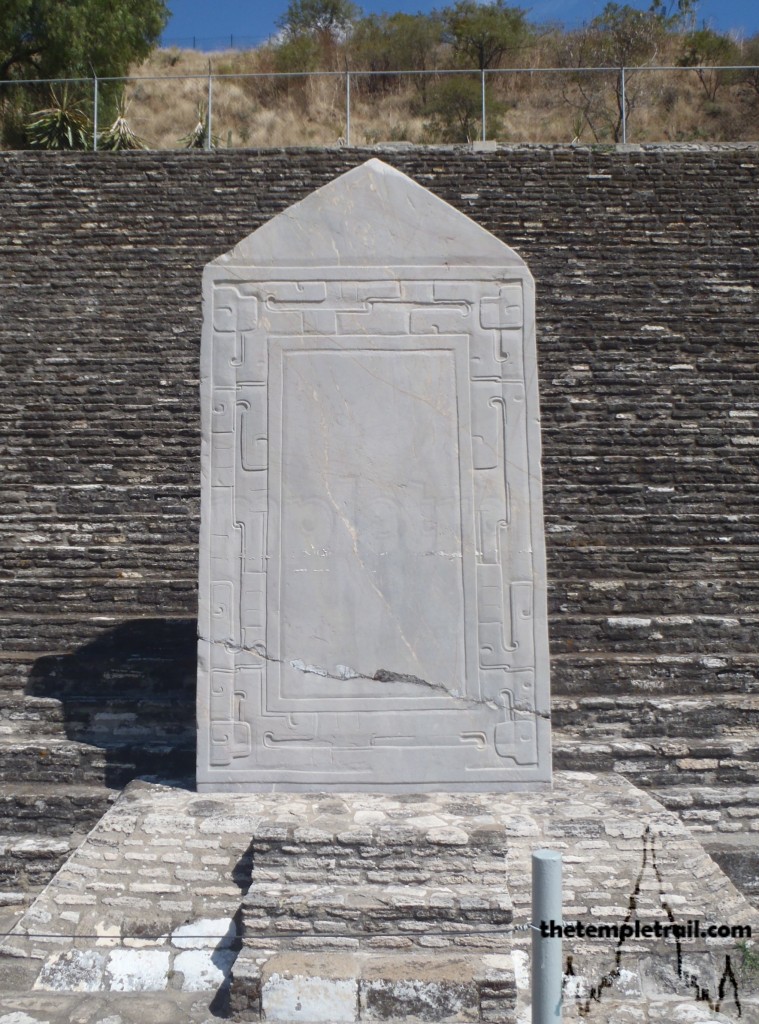
As you walk away from the pyramid, an impossibly tall pole is being scaled by some brave souls. At the top, they have rigged a rotating crux. As you strain to see so high up, the figures begin to tie themselves to long coils of rope. Slowly four of them begin to turn around and around to coil their ropes around the top of the pole. A fifth climbs to the very top, of the axle. He begins to play a flute as he sits cross-legged in the centre of the arrangement. You witness a very special ritual unfolding before your eyes. These are voladores; flyers from Veracruz, the location of El Tajín. Although they did not create the ritual, the Totonac people from Veracruz have made it theirs. The ancients created the dance to placate the gods who they had neglected. The four voladores represent earth, air, water and fire and the Caporal (the one on top) represents the sun. The pole represents the world tree crossing the void between the earth and heavens. The Caporal plays the ‘son of forgiveness’ on his flute and suddenly the voladores fall backwards, the rope attached to their bodies. They surrender themselves entirely to the descent. Their arms spread and head facing downwards, their ropes growing longer as they spin releasing more and more of it. Wide-mouthed spectators chew on chapulines, red tinted fried grasshoppers. Dressed with chili and lime juice, the ancient salty snacks seem to perfectly match the age-old dance that you are watching.
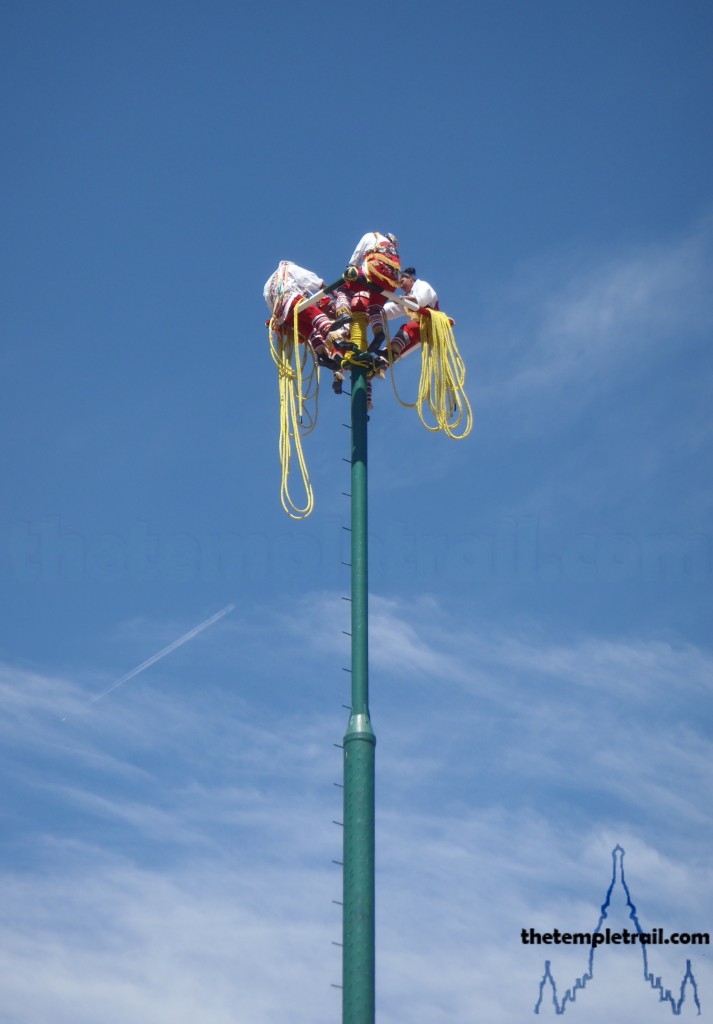
You are transported back to the time that the pyramid was built and as the voladores touch down, your mind is not in this century. You are somewhere in the complex and diverse past of the land that is now called Mexico. The Totonac voladores could be emissaries from the far away city of El Tajín, coming to spread their culture with the ancient refugee people so strongly influenced by the political powerhouse of Teotihuacán. You feel as if you are there at the forging of Cholula, the place where cultures collide and form something truly Mexican.
